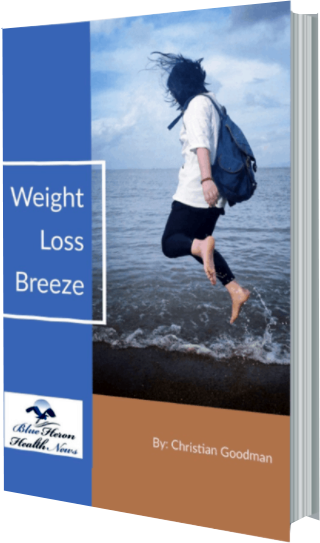
Weight Loss Breeze™ By Christian Goodman The program includes simple activities that assist the body raise its oxygen levels, allowing it to lose fat more quickly. The program, on the other hand, does not call for the use of a bicycle, running, or lifting weights. Instead, procedures to assist you to widen the airways and improve the body’s oxygen flow are used. You can improve the body’s capability to burn fat by using these procedures daily.
What is the prevalence of obesity in the USA?
As of the most recent data, obesity is highly prevalent in the United States and continues to be a significant public health concern. The key statistics regarding the prevalence of obesity in the USA are as follows:
1. Overall Prevalence
- Adult Obesity: Approximately 42.4% of adults in the United States are classified as obese (having a Body Mass Index [BMI] of 30 or higher). This data is based on the National Health and Nutrition Examination Survey (NHANES) from 2017-2018, and it reflects a significant increase over the past few decades.
- Severe Obesity: About 9.2% of U.S. adults have severe obesity (a BMI of 40 or higher), which is an even higher risk category for associated health conditions.
2. Prevalence by Age
- Adults (20-39 years): Obesity prevalence is around 40% in adults aged 20 to 39 years.
- Adults (40-59 years): The prevalence increases to about 44.8% in adults aged 40 to 59 years.
- Adults (60 years and older): Among adults aged 60 and older, the prevalence is approximately 42.8%.
3. Prevalence by Gender
- Men: The obesity prevalence among adult men is about 43%.
- Women: The prevalence among adult women is slightly lower at around 41.9%.
4. Prevalence by Race/Ethnicity
- Non-Hispanic Black Adults: The highest prevalence of obesity is among non-Hispanic Black adults, with about 49.6% affected.
- Hispanic Adults: Approximately 44.8% of Hispanic adults are obese.
- Non-Hispanic White Adults: Obesity affects about 42.2% of non-Hispanic White adults.
- Non-Hispanic Asian Adults: The prevalence is lower among non-Hispanic Asian adults, at around 17.4%.
5. Childhood Obesity
- Children and Adolescents (2-19 years): The overall obesity prevalence among children and adolescents is about 19.3%, affecting roughly 14.4 million individuals in this age group.
- Younger Children (2-5 years): The prevalence is around 13.4%.
- Children (6-11 years): Obesity prevalence is approximately 20.3%.
- Adolescents (12-19 years): About 21.2% of adolescents are classified as obese.
6. Trends Over Time
- Obesity rates have been steadily increasing over the past few decades in the United States. For example, the adult obesity rate in the 1980s was around 15%, which has nearly tripled to over 42% today.
Conclusion
Obesity is a significant and growing public health issue in the United States, affecting more than 40% of adults and nearly 20% of children and adolescents. The prevalence of obesity varies by age, gender, and race/ethnicity, with certain populations disproportionately affected. Addressing obesity involves comprehensive public health strategies, including promoting healthy eating, increasing physical activity, and implementing policies to support these behaviors.

Weight Loss Breeze™ By Christian Goodman The program includes simple activities that assist the body raise its oxygen levels, allowing it to lose fat more quickly. The program, on the other hand, does not call for the use of a bicycle, running, or lifting weights. Instead, procedures to assist you to widen the airways and improve the body’s oxygen flow are used. You can improve the body’s capability to burn fat by using these procedures daily.